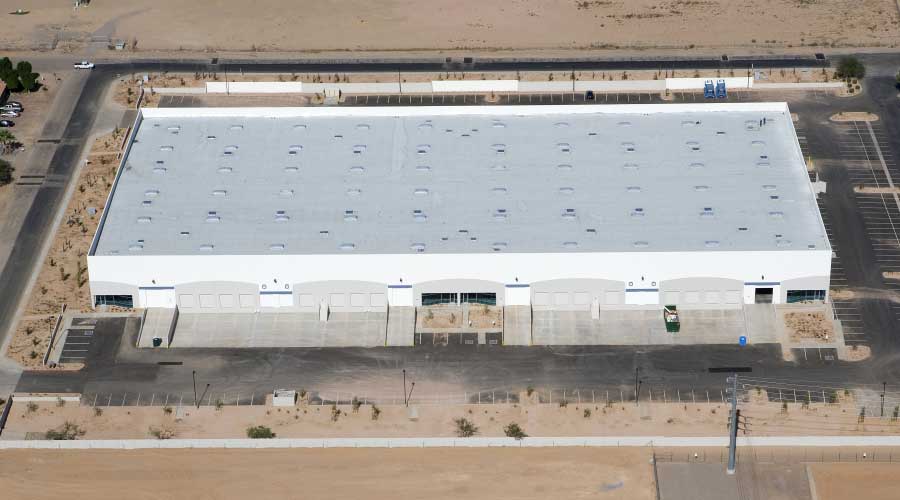Inspectors Must Check Bitumen Temperatures During BUR Installation
Checking bitumen temperatures at the tanker, kettle and membrane application is critical to ensure the proper installation of a BUR membrane. Inspectors should not trust temperature gauges on tankers and kettles because in many cases, they are broken, inaccurate, or coated with bitumen.
Bitumen temperatures at the tanker and kettle must not exceed the flash point of the bitumen listed on the container. For obvious safety concerns, the inspector should check the temperature of bitumen using a hand-held, infrared thermal detector.
The inspector also must check the temperature at the point of application and compare the findings with the listed equiviscous temperature (EVT) on the container. The EVT is the manufacturer's recommended temperature at the application point that will allow for a proper bitumen-viscosity range and provide for uniform interply mopping weights.
Essentially, bitumen temperatures that are too high might allow the bitumen to spread out and provide for lighter mopping weights, reducing the amount of interply waterproofing. Conversely, if the bitumen temperature is too low, the application of interply bitumen might be thicker and cause membrane slippage and ridging. The inspector must check these temperatures several times daily to be sure installers maintain application temperatures.
Related Topics:















